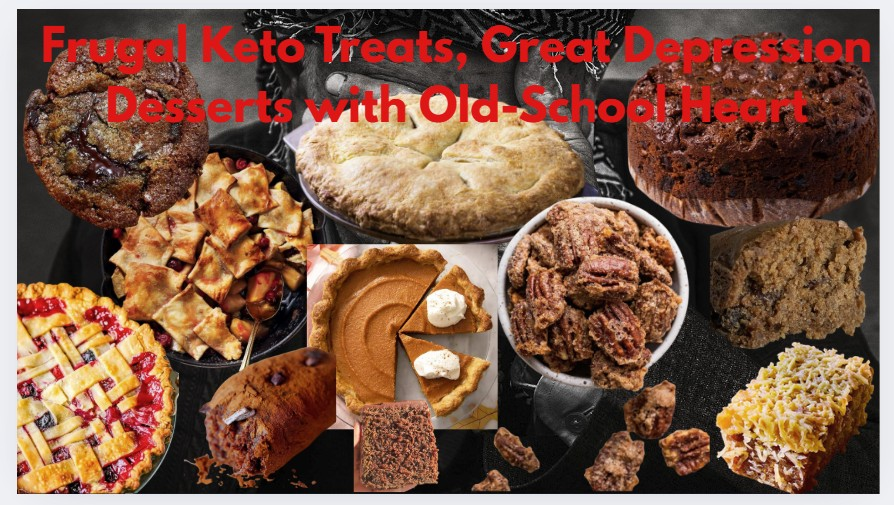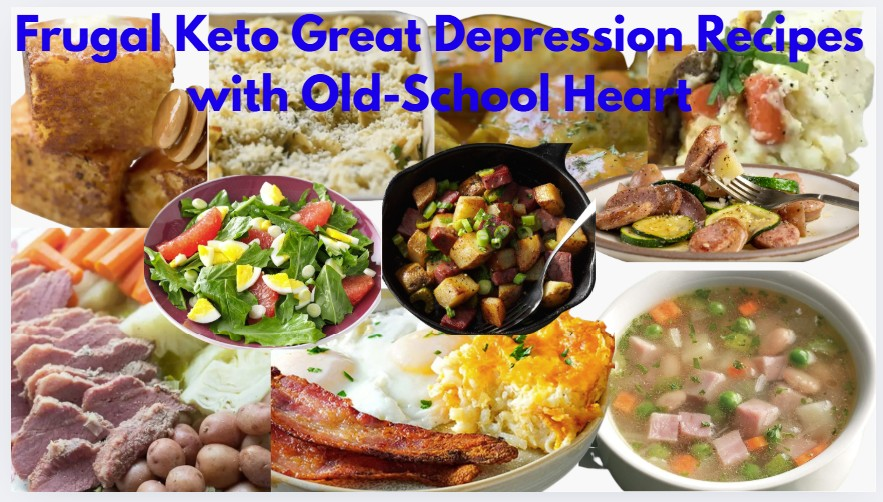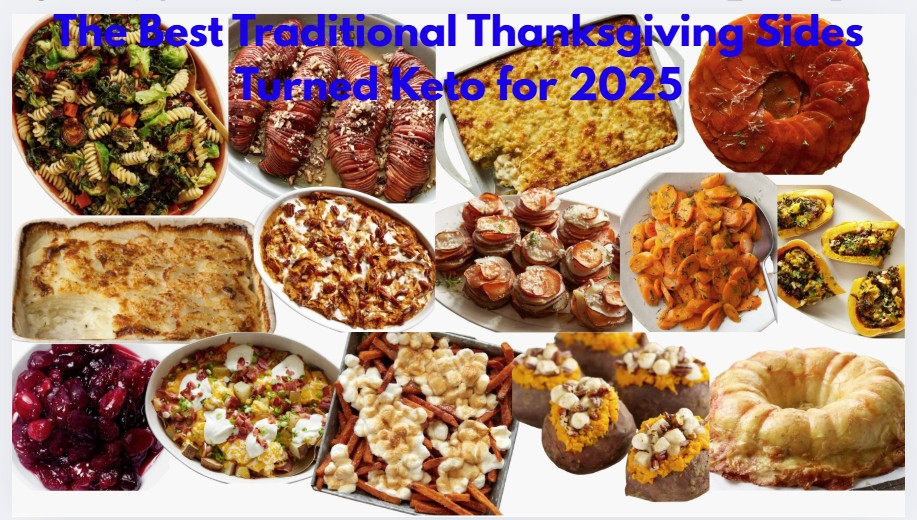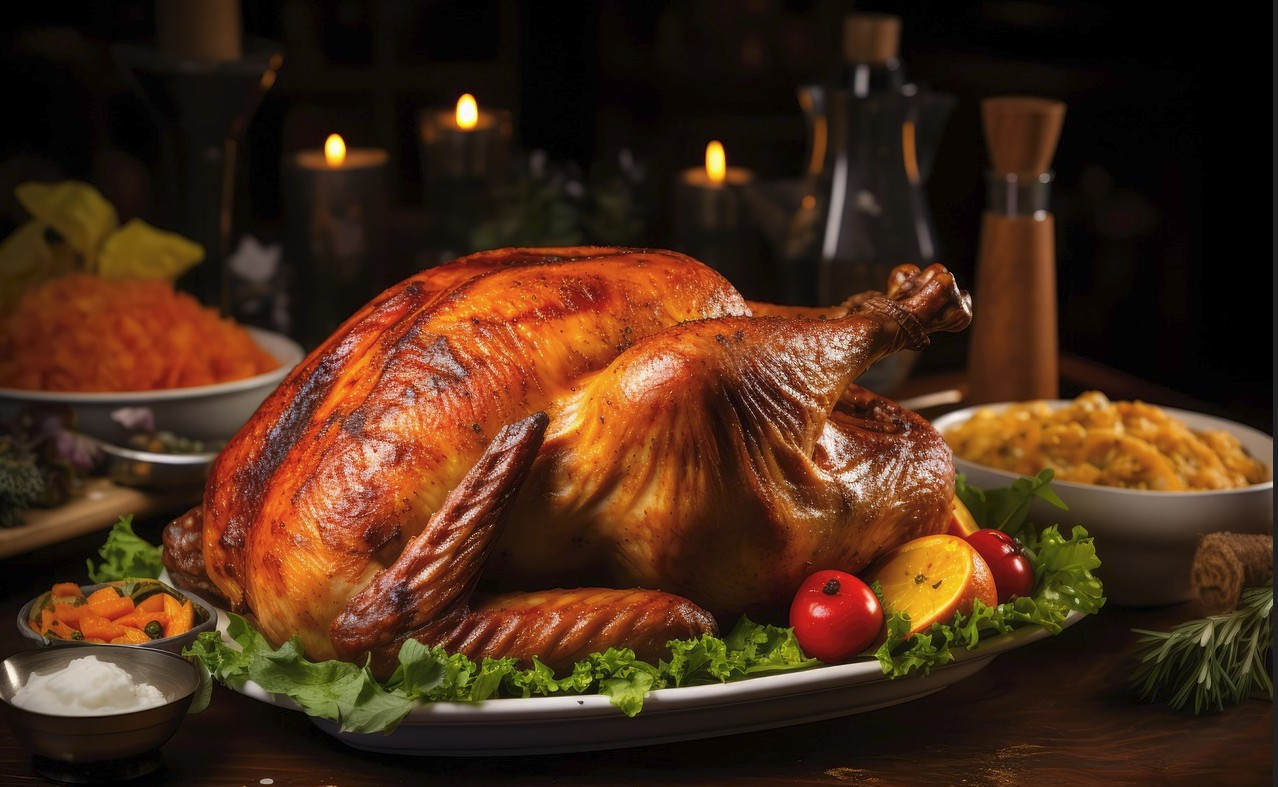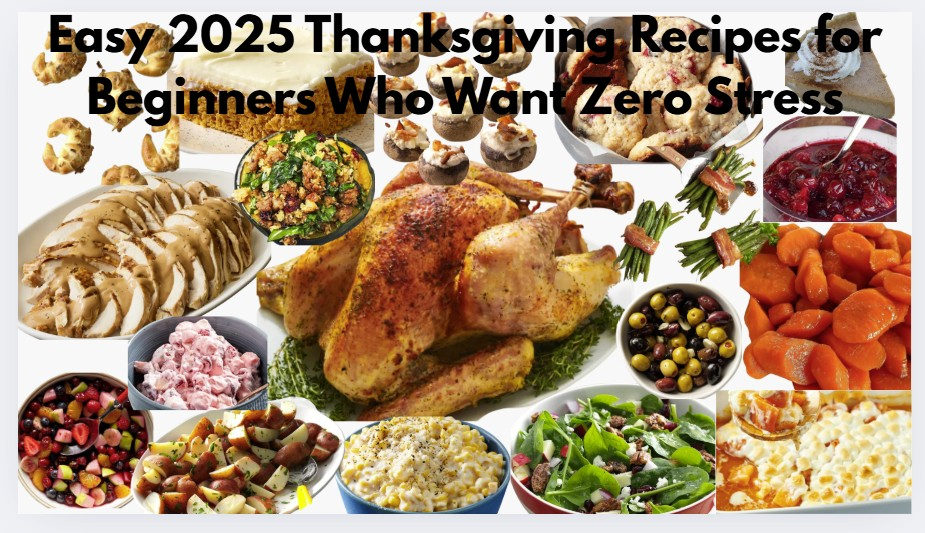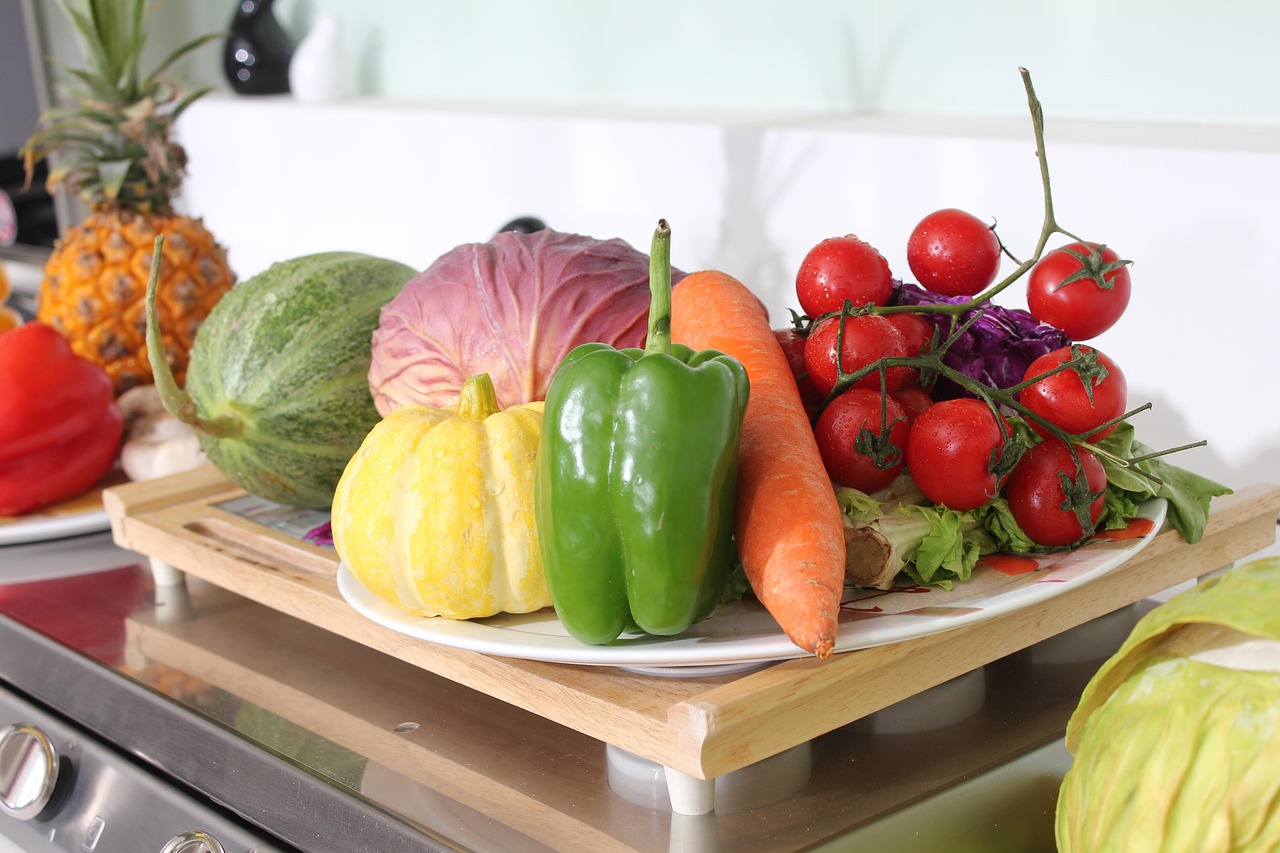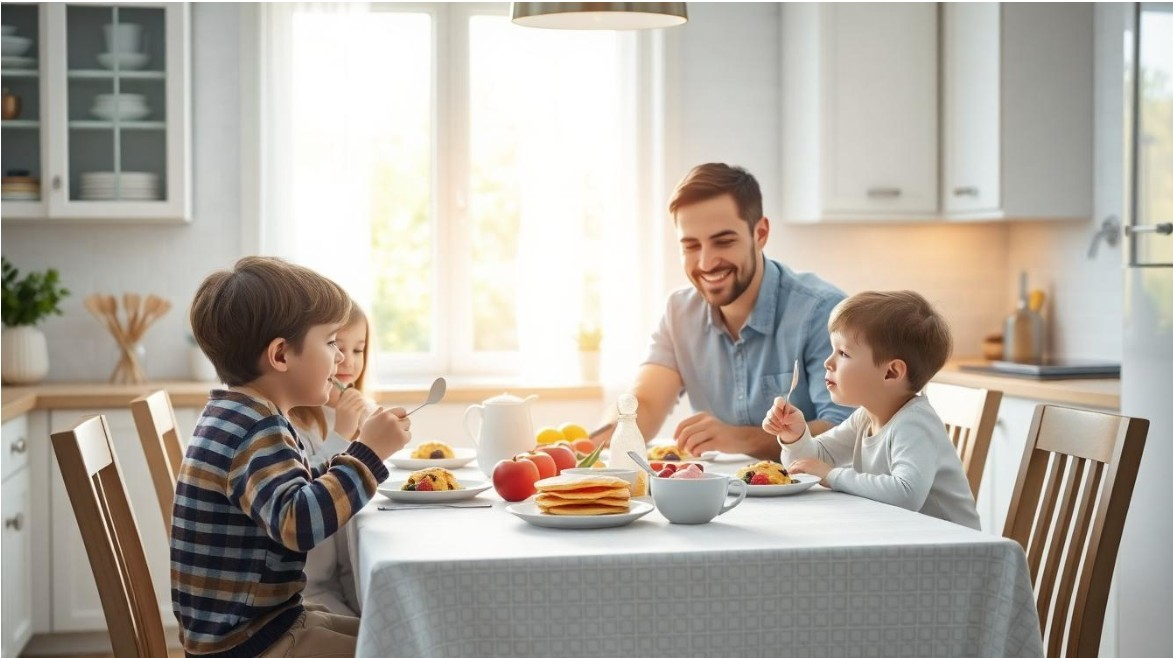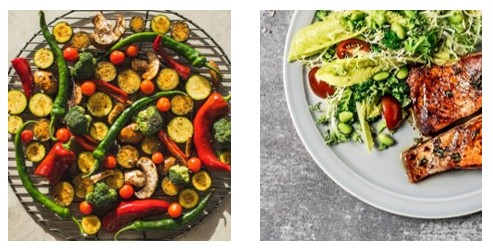You grab a fresh bag of apples and some leafy greens, but within days your salad mix turns slimy. That’s money and good food down the drain. Learning how long fruits and veggies last means fewer surprises, more savings, and less waste. Fresh food tastes better and keeps you healthy, but it’s also about food safety and getting the most out of your grocery run. A few small changes to how you store your produce can help keep things crisp and tasty. Check our quick tips and Average Shelf Life of Popular Produce to make your fruit bowl and fridge work for you, not against you.

Not all produce plays by the same rules. Some fruits hang on for weeks, while others seem destined for compost the day after you buy them. A few key things shape how long your fruits and vegetables stay at their best.
- Temperature and Humidity Control
- Ethylene Gas Production and Sensitive Produce
- Ripeness at Time of Purchase
- Shelf-Life Guide for Popular Fruits and Vegetables
Temperature and Humidity Control
Temperature and moisture are the Batman and Robin of fresh produce—or maybe the villains if you get them wrong. Most vegetables prefer the cool, damp air of your refrigerator, while some fruits do best on the kitchen counter.
- Too warm? Produce spoils faster, loses crunch, and can turn mushy.
- Too cold? Some fruits (like bananas and avocados) get chill damage and lose flavor.
- Too dry or wet? Wilted greens or moldy berries happen when humidity isn’t right.
Most refrigerators have special drawers labeled “crispy” or “humid.” Use the high-humidity setting for leafy greens, broccoli, and carrots; use low humidity for apples, grapes, and peppers. Don’t think those crisper drawers are just for show—they’re humidity magic boxes.
Ethylene Gas Production and Sensitive Produce
Here’s something you can’t see, but it’s changing how long your food lasts: ethylene gas. Some fruits—think apples, bananas, and avocados—pump out this gas as they ripen. The catch? Ethylene can speed up ripening and spoiling in other nearby fruits and veggies.
Keep ethylene producers away from ethylene-sensitive items. For example:
- Keep apples away from leafy greens.
- Don’t let tomatoes snuggle up with cucumbers or potatoes. A fruit bowl isn’t a group hug—it’s more like a party where some guests make others leave early.
Ripeness at Time of Purchase
Buying that bunch of bananas with just a hint of green might seem odd, but you’re planning ahead. How ripe produce was when you bought it sets the clock ticking. Ripe and ready-to-eat produce needs to be used sooner; slightly underripe can last longer at home.
- Choose berries that aren’t mushy or leaking.
- Avocados should give a little but not feel soft and squishy.
- Tomatoes: the deeper the color, the riper.
A little planning pays off—unless you like eating three peaches in one day.

Shelf-Life Guide for Popular Fruits and Vegetables
Let’s get straight to the numbers and tips. Here’s your cheat sheet for keeping the most common fruits and veggies at peak freshness.
Refrigerator vs. Countertop Storage
Not every fruit or veggie needs the chill factor. Some do best with a little breathing room at room temperature.
Store in the Refrigerator:
- Berries (strawberries, blueberries, raspberries)
- Leafy greens (spinach, kale, lettuces)
- Carrots
- Grapes
- Broccoli
- Peppers
Store on the Countertop:
- Bananas
- Avocados (until ripe, then refrigerate)
- Tomatoes (flavor fades in the fridge)
- Potatoes (keep in a cool, dark place)
- Onions (store away from potatoes to slow spoiling)
Move to the Fridge Once Ripe:
- Avocados
- Kiwi
- Peaches
- Pears

Shelf Life of Common Fruits
Here’s how long your top picks typically last (with a few storage hacks):
Apples:
- Fridge: 4-6 weeks
- Counter: 1-2 weeks
Keep apples away from strong-flavored foods—they can absorb smells quickly.
Bananas:
- Counter: 2-6 days, depending on ripeness
Separate bananas and wrap stems in plastic for slower ripening. Move to the fridge when yellow to slow browning (the peel will darken, but inside stays good).
Berries (strawberries, blueberries, raspberries):
- Fridge: 2-7 days
Don’t wash until just before eating. For quick snack access, spread in a single layer on a paper towel.
Citrus (oranges, lemons, limes, grapefruits):
- Fridge: 2-3 weeks
- Counter: 1 week
Store in the crisper drawer or a mesh bag for airflow.
Grapes:
- Fridge: 1-2 weeks
Keep unwashed in a perforated bag. Wash right before eating for the best crunch.

Shelf Life of Popular Vegetables
Now for the vegetables—a few changes in storage can keep your greens snappy and your carrots crisp.
Carrots:
- Fridge: 3-4 weeks
Keep in a plastic bag or in a container with a little water. Remove leafy tops to prevent moisture loss.
Leafy Greens (lettuce, spinach, kale):
- Fridge: 3-7 days
Wash, dry thoroughly, and store in a sealed bag with a dry paper towel.
Tomatoes:
- Counter: 3-7 days (until ripe)
Once ripe, use within 2-3 days. Refrigerating halts ripening, so only chill if they’re about to go soft.
Onions:
- Pantry or cool, dry place: 3-4 weeks
Keep away from potatoes and in a mesh bag or open basket. Cut onions last 1 week in the fridge.
Potatoes:
- Cool pantry or cellar: 3-5 weeks
Don’t refrigerate—cold temperatures convert starch to sugar, leading to a weird flavor. Store in paper or mesh, not plastic.

Dualplex® Fruit & Veggie Life Extender Liner for Fridge Refrigerator Drawers, 12×15 Inches (4 Pack) – Extends The Life of Your Produce & Prevents Spoilage Buy Now They allow air to circulate throughout the drawer to prevent your fruit and veggies from rotting or spoiling. You can save money on your grocery bills by prolonging the life of your produce and having to throw out spoiled items. The drawer liners are easy to trim-to-size with scissors.



